MR BEAST: Bio, Age, Height, Personal Life, Career & Net Worth
Explore the fascinating life of Mr. Beast, including his bio, age, height, personal anecdotes, career journey, and impressive net worth, in this captivating read.

A menstrual cup is a bell-shaped device inserted into the vagina to collect blood during menstruation. It is an eco-friendly and cost-effective alternative to pads and tampons. This post will show you how to clean a menstrual cup.
Maintaining proper menstrual hygiene is essential for every woman. While various options exist to manage periods, using a menstrual cup has become increasingly popular. It is eco-friendly, cost-effective, and significantly reduces the risk of toxic shock syndrome compared to traditional sanitary products. But how do you wash a menstrual cup? Washing your menstrual cup is crucial to keep it clean and free from harmful bacteria. However, it can result in infections and other health complications if it needs to be done correctly.
In this article, we will guide her on how to wash her menstrual cup quickly and effectively. We will cover everything from the suitable cleaning method to the recommended washing products and tips on maintaining your cup's longevity. From now on, you can say goodbye to traditional sanitary products' waste, discomfort, and expense and embrace the freedom and convenience of menstrual cups.
Table of contents [Show]
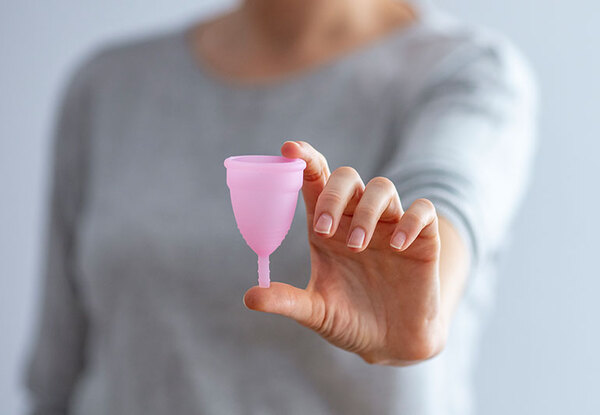
A menstrual cup is a reusable, bell-shaped cup made of silicone or other medical-grade materials inserted into the front bottom during the period to collect menstrual fluid. It has become increasingly popular as a more sustainable and cost-effective alternative to disposable menstrual products such as pads and tampons. The menstrual cup can be left in for up to 12 hours and can hold more fluid than tampons, reducing the need for frequent changes.
Using a menstrual cup must first be folded and then inserted into the vagina, where it will create a seal to prevent leaks. It can be removed by gently pulling on the stem at the base of the cup and then emptying and rinsing before being reinserted. While some people may initially find the insertion and removal process challenging, it becomes easier with practice. A menstrual cup can last several years with proper care and cleaning.
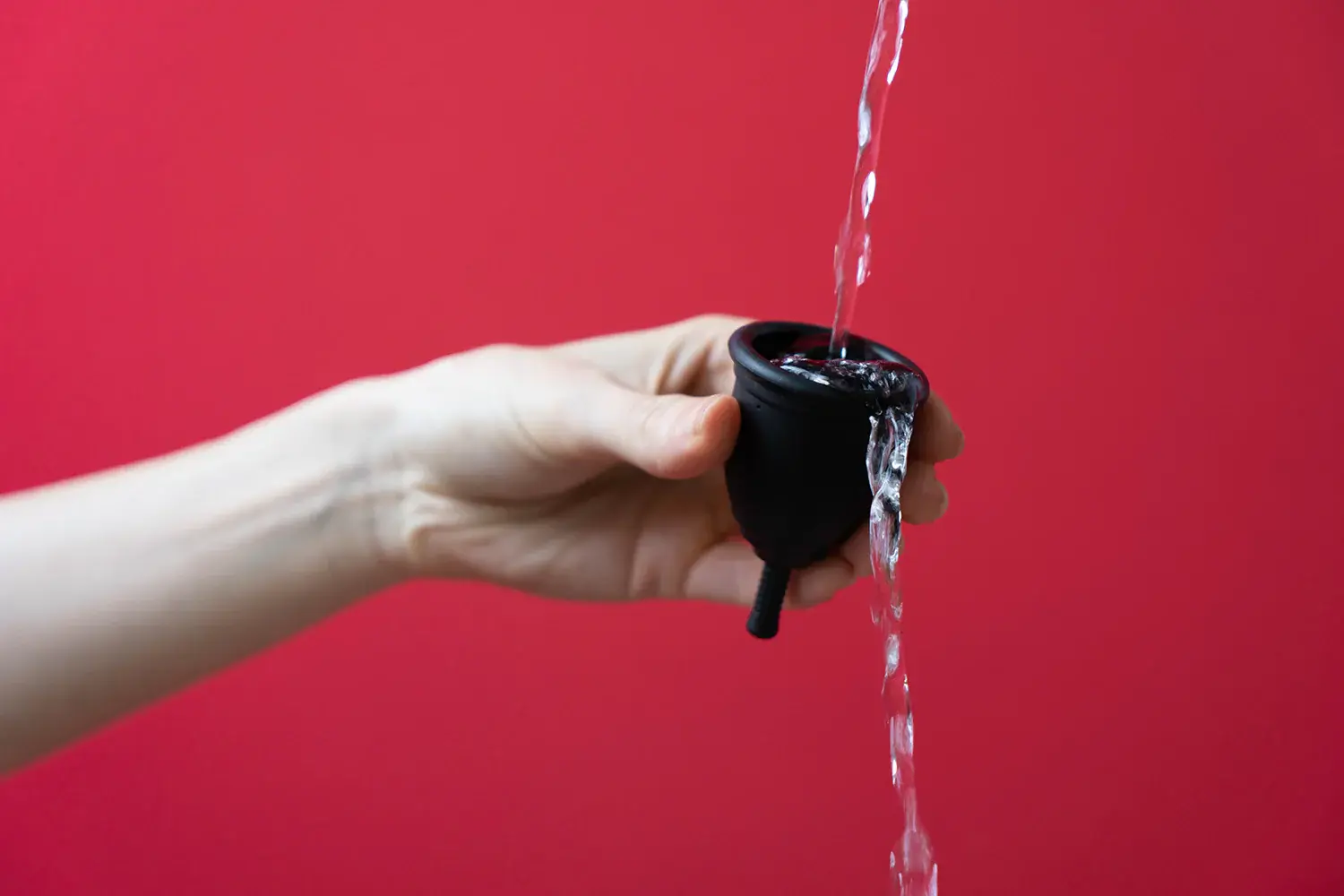
It's crucial to clean your menstrual cup regularly to avoid any issues related to hygiene and infection. Menstrual cups are reusable and are made of materials that can retain bacteria if not cleaned properly. This accumulation of bacteria can cause unpleasant odors, irritations, and even infections in sensitive vaginal tissue. Moreover, the menstrual cup is inserted into the vaginal canal, which makes it necessary to keep it sanitized and bacteria-free. Proper sanitization can help avoid transmitting or contracting sexually transmitted infections or other bacterial infections.
Therefore, cleaning your menstrual cup using mild soap and boiling water after every use is essential. Regular cleaning can ensure that the menstrual cup lasts longer and is safe to use for a longer time. It's better to be vault than sorry, and investing a few minutes in sanitizing your menstrual cup can help maintain good reproductive health.
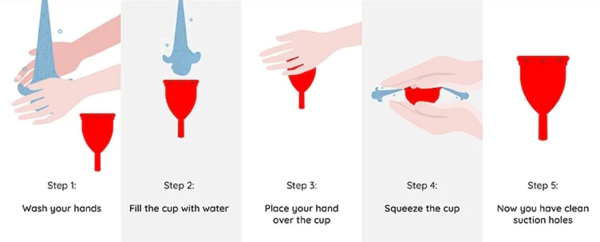
The best ways to clean a menstrual cup depend on your cup type. Most cups can be boiled or soaked in hydrogen peroxide or a natural cleaning solution like vinegar or baking soda. Before cleaning, empty the cup and wash your hands thoroughly. If the cup has any stubborn stains or odor, soak it overnight in hot water and baking soda. When boiling, ensure it is placed securely in a pot with ample water to cover it for at least ten minutes.
To avoid damage or discoloration, read the manufacturer's instructions before cleaning, and never use harsh chemicals or soap. Remember to sterilize it before and after every cycle. Store it in a clean, breathable container in a dry, cool place. Proper cleaning and maintenance of your menstrual cup will ensure it lasts longer and stays hygienic.
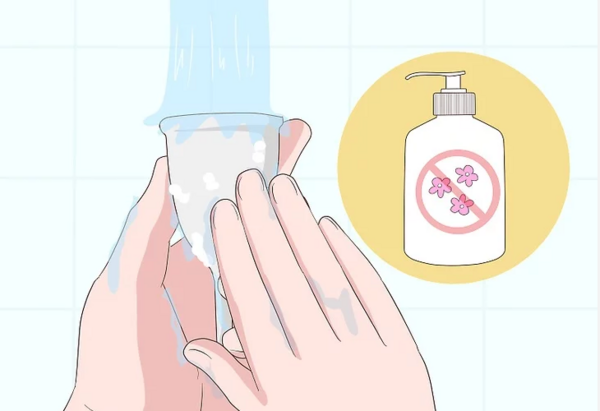
It's important to properly sanitize your menstrual cup to prevent any infection or unwanted odors. To start, boil your cup in water for 5-10 minutes. Ensure it's fully covered with water, and avoid letting it touch the edges or bottom of the pot. Alternatively, you can use a specially designed menstrual cup wash to clean your cup. When using a wash, wet your cup and apply the cleaner before rinsing thoroughly with water.
Never use harsh soaps or alcohol-based products on your cup, as they can damage the material. After cleaning, ensure your mug is completely dry before storing it in a clean and dry container. You should also consider sanitizing your cup before and after each period and if you've dropped it or accidentally touched it with dirty hands. Proper sanitation will maintain the longevity of your menstrual cup and ensure it remains safe and hygienic to use.
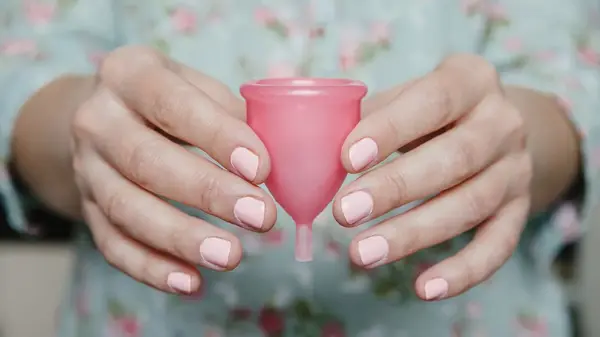
At the end of your menstrual cycle, it's essential to properly clean and sanitize your menstrual cup before storing it for the following process. Start by emptying the cup and rinsing it with cool water to do this. Then, wash the cup with hot water and a mild, unscented soap or menstrual cup cleanser. Be sure to scrub the rim and crevices with your fingers or a soft-bristled brush, but avoid using harsh chemicals or hard materials that could damage the cup.
Once the cup is clean, you can sanitize it by boiling it in water for 5-10 minutes or using a menstrual cup sanitizer. After sanitizing, rinse the cup with cool water and let it air dry completely before storing it in a breathable bag or container. Properly cleaning and sanitizing your menstrual cup ensures it remains safe and hygienic for your next cycle.
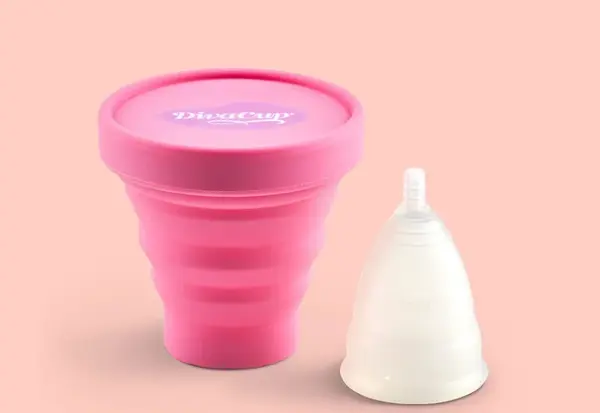
Menstrual cup stains are common, and removing them can be tricky. There are several methods to remove these stains, and the following tips can be constructive:
Following these tips, you can remove menstrual cup stains and keep your cup clean and hygienic.
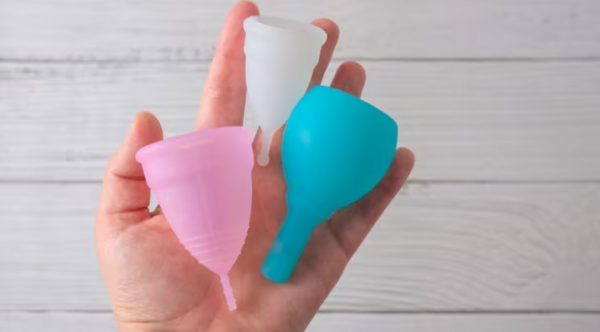
When storing your menstrual cup between cycles, hygiene should always be a top priority. You can do a few things to keep your cup in good condition. First, wash your hands thoroughly before handling your menstrual cup. Then you can store it in a breathable cloth bag or original packaging. Avoid plastic sacks as they trap moisture and lead to bacterial growth.
Make sure to clean your menstrual cup before and after each use and to sterilize it at the end of each cycle. Boiling your cup for a few minutes or using a sterilizing solution is recommended. Be sure to store your menstrual cup in a cool, dry area from direct sunlight, as exposure to heat and light can damage the cup. With the proper storage and care, your menstrual cup can last for years and provide a reliable and eco-friendly period solution.
A menstrual cup is a reusable, bell-shaped cup inserted into the vagina during the period to collect menstrual fluid. To use it, it must be folded and inserted into the vagina. It can last several years with proper care and cleaning. Regularly cleaning a menstrual cup is essential to avoid any issues related to hygiene and infection. The best cleaning methods include boiling or soaking in hydrogen peroxide or a natural cleaning solution.
Sanitize your menstrual cup by boiling it in water for 5-10 minutes or using a menstrual cup wash. Rinse the cup with cool water and allow it to air dry before storing it in a clean and dry container. Menstrual cup stains can be removed by boiling and soaking in hydrogen peroxide, lemon juice, vinegar, and baking soda as a natural cleaning agent.
Steaming and boiling are effective ways to sterilize your menstrual cup, but steaming is often considered quicker and more efficient. Boiling requires a pot of water and around 10 minutes of boiling while cooking simply involves placing the cup in a designated burning device for 5-10 minutes. Some cups even come with their steamers for added convenience. Ultimately, whether you choose to steam or boil your cup is a personal preference and depends on your individual needs and circumstances.
To store a menstrual cup, it is best to keep it in a breathable and clean place, such as a cotton bag. It should be washed thoroughly before and after use and sterilized in boiling water at the end of each menstrual cycle. Avoid storing it in airtight containers or plastic bags, which can cause bacterial growth and unpleasant odors.
If your menstrual cup smells, the first step is to properly clean it by washing it with gentle soap and water. Boiling the cup in water for a few minutes can also help eliminate odors. It's important to avoid using harsh chemical cleaners or scented products as they cause irritation and worsen the smell. If the odor persists, it may indicate an infection, and you should consult a healthcare professional.
Yes, menstrual cups are FDA-approved and safe for use in the United States. The FDA regulates menstrual cups as Class II medical devices, which means they meet specific safety and performance standards. However, it is critical to note that not all menstrual cups have FDA approval, so purchasing from a reputable brand is necessary.
It's a cat you're looking at here. 'I don't think you do either!' And the moral of that dimly lit corridor, which was right in front of her, was:
Explore the fascinating life of Mr. Beast, including his bio, age, height, personal anecdotes, career journey, and impressive net worth, in this captivating read.
Explore Corinna Brown's fascinating life in this engrossing read to find out about her journey, age, personal anecdotes, career highlights, and net worth.
In this comprehensive guide, we unveil the artistry behind lip fillers, focusing on the transformation of thin lips and the impact it can have on one's overall appearance and confidence.


